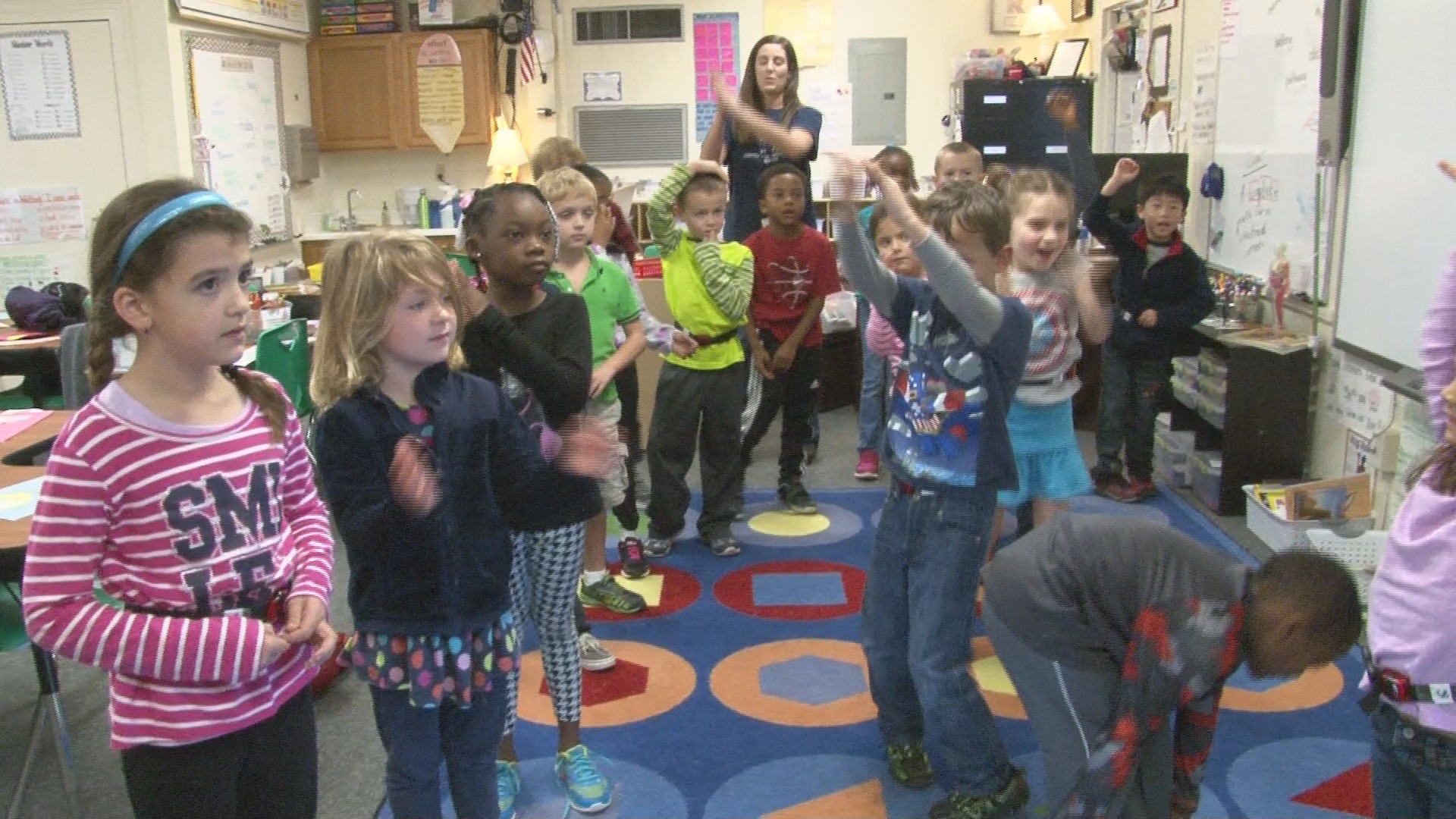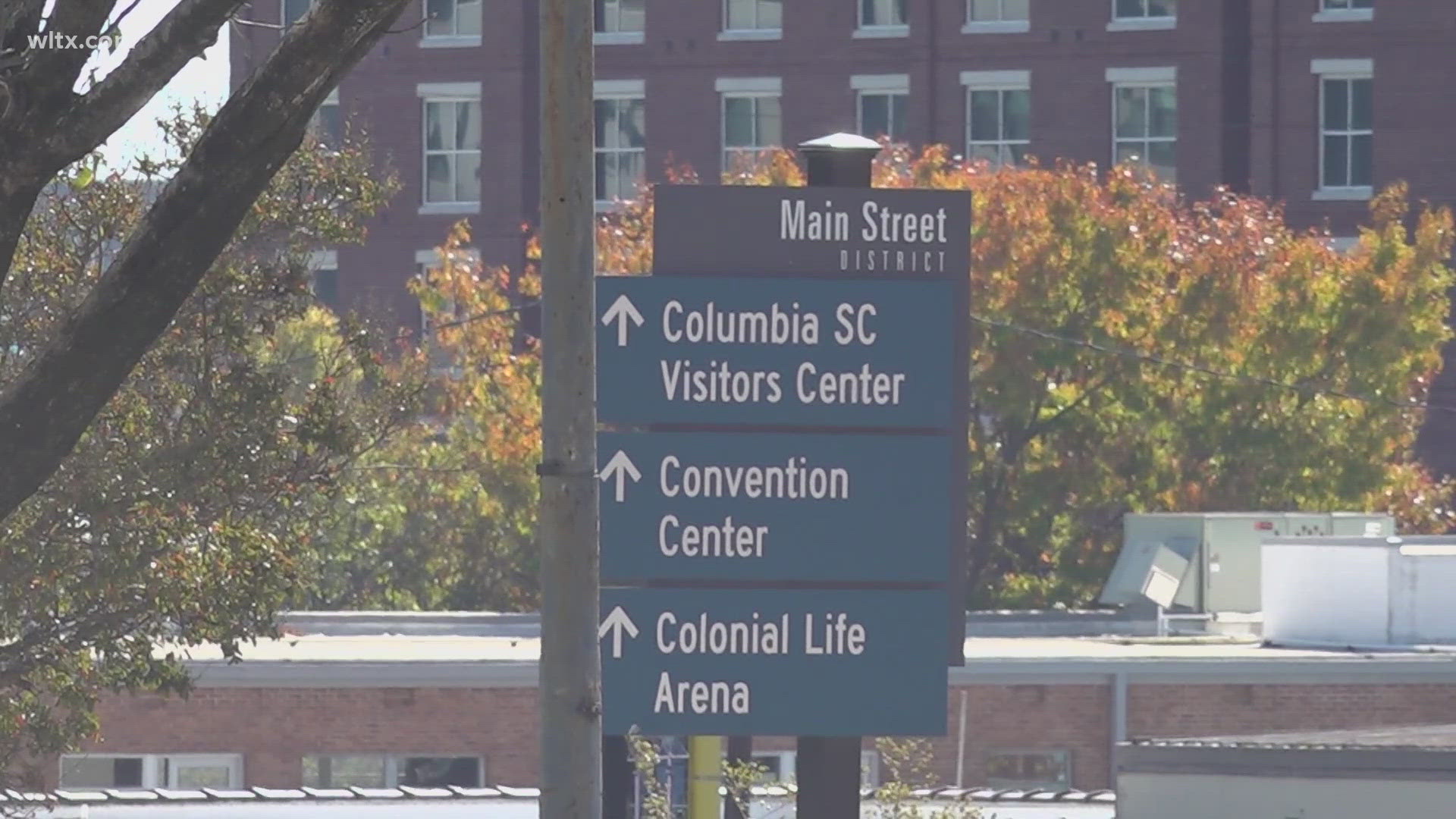Blythewood, SC (WLTX) - For some students in the Midlands, the days of sitting quietly at your desk and studying your lesson are gone.
It's because they are participating in the Partnerships for Active Children in Elementary Schools (PACES) research to incorporate more physical activity in the classroom. Colin Webster, an associate professor in the College of Education at USC tells News 19, National guidelines advise that children receive 60 minutes of moderate to vigorous physical activity per day, and with less recess and physical education classes, the time to engage in movement during the school day is decreasing.
PACES has enlisted the help of four elementary schools and they work with teachers to incorporate periodic physical activity throughout the school day as teachers transition between classroom lessons. Bonnie Kellett's first grade class at the Center for Knowledge North is participating in the study. She tells News 19 she is already seeing a difference in her students. She says, "This age group has an attention span of twice there age. So that means I have 14 minutes to get something across to them without them going somewhere else."
But she says with the incorporated wiggle time between lessons, her students are now concentrating for 20 minutes at a time before they start to get restless. First grader, Rylie McGrory, says it works for her She says, "But when I'm really bounced up and stuff, then we do wiggle breaks and well it calms us down."
With recess being sliced to only once a week in some cases kids aren't getting what they need. Collin Webster is the head of the PACES program. He Tells News 19, "The more active kids are, the better they do in their academics, the better classroom performance they have, the more on task they are, the more concentration they have, so really physical activity is a facilitator for academics."
Kellet says the program is teaching her to be a better teacher and allowing her students to be children. She says, "They need time to play and giggle. They cant wait until recess all the time. Sometimes they just need five minutes of giggling and playing and coming right back and you can see that with the PACES program. Its been evident it helps."
Researchers say they will be looking at the activity monitored by the belts the children wear along with other factors like study time and the standardized tests at the end of the year. They hope their findings will promote integration of physical activity in elementary schools across the state.


